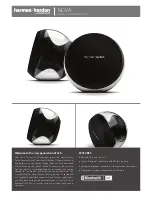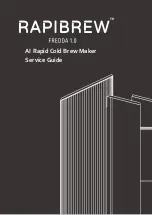
36
SECTION 8.0 BASIC MIG WELDING GUIDE
8.01 Setting of the Power Source
The setting of the ARC MASTER 400 MST requires some practice by the operator, the welding Power
Source/Wirefeeder having two control settings that have to balance. These are the Wirespeed control and the
Voltage Control. The welding current is determined by the Wirespeed control, the current will increase with
increased Wirespeed, resulting in a shorter arc. Less wire speed will reduce the current and lengthen the arc.
Increasing the welding voltage hardly alters the welding current level, but lengthens the arc. By decreasing
the voltage, a shorter arc is obtained with little change in welding current.
When changing to a different electrode wire diameter, different control settings are required. A thinner
electrode wire needs more Wirespeed to achieve the same current level.
A satisfactory weld cannot be obtained if the wirespeed and voltage switch settings are not adjusted to suit
the electrode wire diameter and dimensions of the workpiece.
If the Wirespeed is too high for the welding voltage, “stubbing” will occur as the wire dips into the molten
pool and does not melt. Welding in these conditions normally produces a poor weld due to lack of fusion. If,
however, the welding voltage is too high, large drops will form on the end of the electrode wire, causing
spatter. The correct setting of voltage and Wirespeed can be seen in the shape of the weld deposit and heard
by a smooth regular arc sound.
8.02 Position of MIG Torch
The angle of MIG torch to the weld has an effect on the width of the weld run.
Figure 7. MIG Torch Angle
8.03 Distance from the MIG Torch Nozzle to the Work Piece
The electrode stick out from the MIG Torch nozzle should be between ¼” to 3/8”. This distance may vary
depending on the type of joint that is being welded.
















































